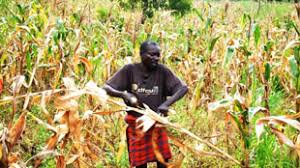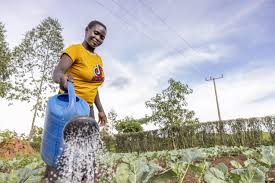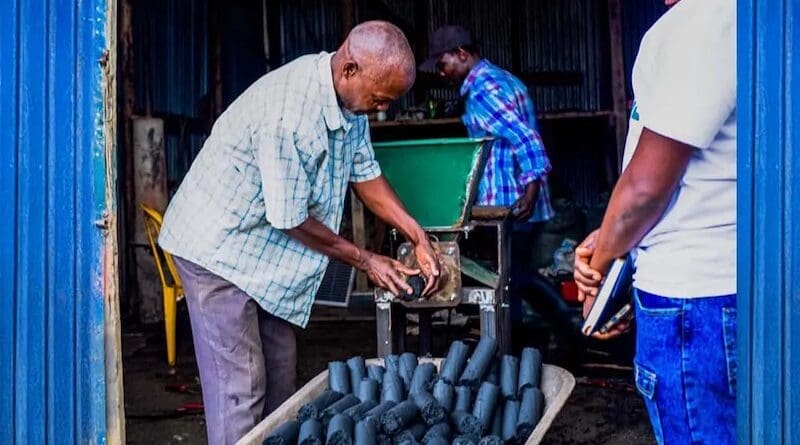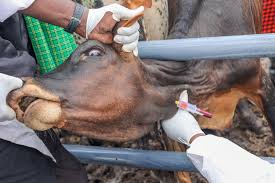Uganda is staring at a serious maize shortage due to unfavorable weather conditions that have disrupted harvesting in key maize-producing areas. This looming crisis is expected to hit households, schools, and the poultry industry the hardest.
The shortage comes at a time when maize demand remains high across East Africa, especially in neighboring Kenya, which imports a large portion of Uganda’s grain.
Heavy rains and unpredictable weather patterns have delayed or damaged maize harvesting, particularly in Butebo and Pallisa Districts. Some farmers say their maize either rotted in the fields or dried improperly, making it unfit for consumption or sale.
Millers in affected areas report that the supply of dry, quality maize has dropped sharply, making it difficult to maintain regular flour production.
“We are struggling to meet demand. The quality of maize coming in is very poor,” said a miller in Butebo.
The maize shortage is likely to affect:
Homes, where maize is a staple food
Schools, which rely on maize flour for student meals
Poultry farms, which use maize as a key ingredient in animal feed
The poultry sector could see rising costs, while many schools may struggle to maintain feeding programs if prices continue to climb.
In addition to bad weather, some new local laws on maize production and trade are also adding pressure. For example, in Amuru and Gulu Districts, new bylaws passed earlier this year have tightened regulations around maize quality. Farmers who fail to comply with food safety standards now face fines or even jail time.
While intended to improve food safety, these rules have made it harder for smaller farmers to get their maize into the market, especially when harvests are already weak.
Despite the poor harvest, maize prices remain high, and farmers say they aren’t benefiting. Middlemen and traders continue to control much of the market, leaving growers with low profits despite the rising cost of maize flour in shops and markets.
Uganda’s maize exports to Kenya have also been affected. Strict quality checks introduced by Kenya earlier this year have limited maize imports, leaving many Ugandan traders unable to meet the requirements. This means less maize is crossing the border, worsening the shortage on both sides.
With production disrupted by bad weather, tighter regulations, and reduced export activity, Uganda’s maize supply chain is under serious strain. Unless the government intervenes or weather conditions improve soon, millions of Ugandans could face higher food prices in the coming months.



